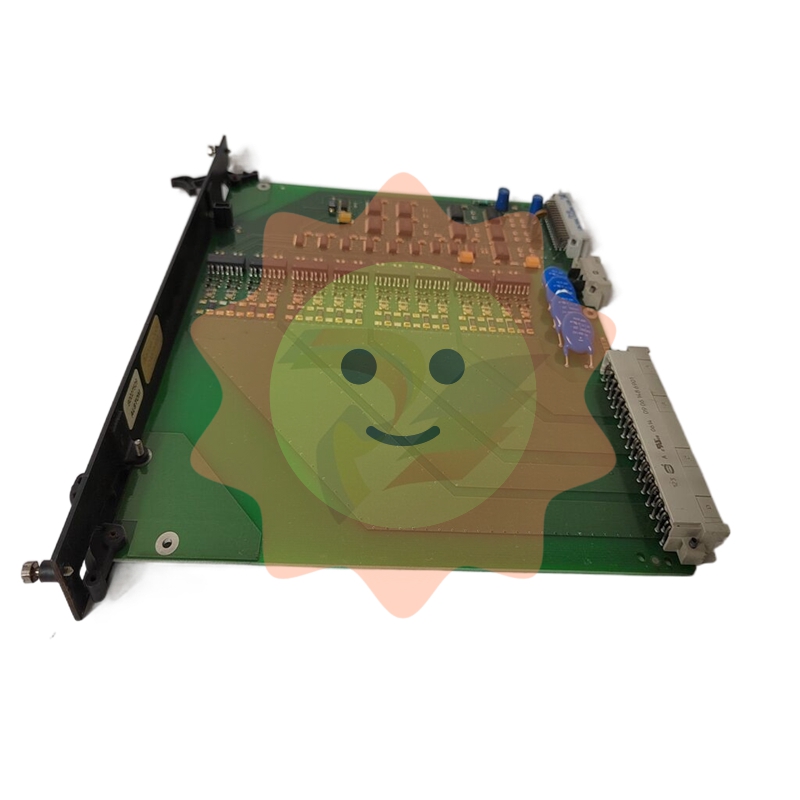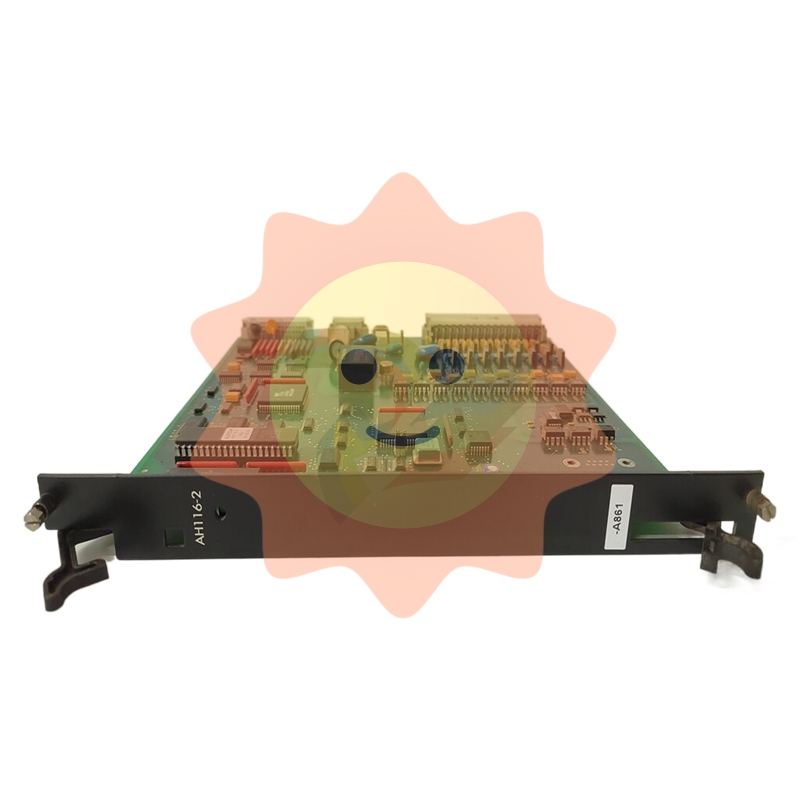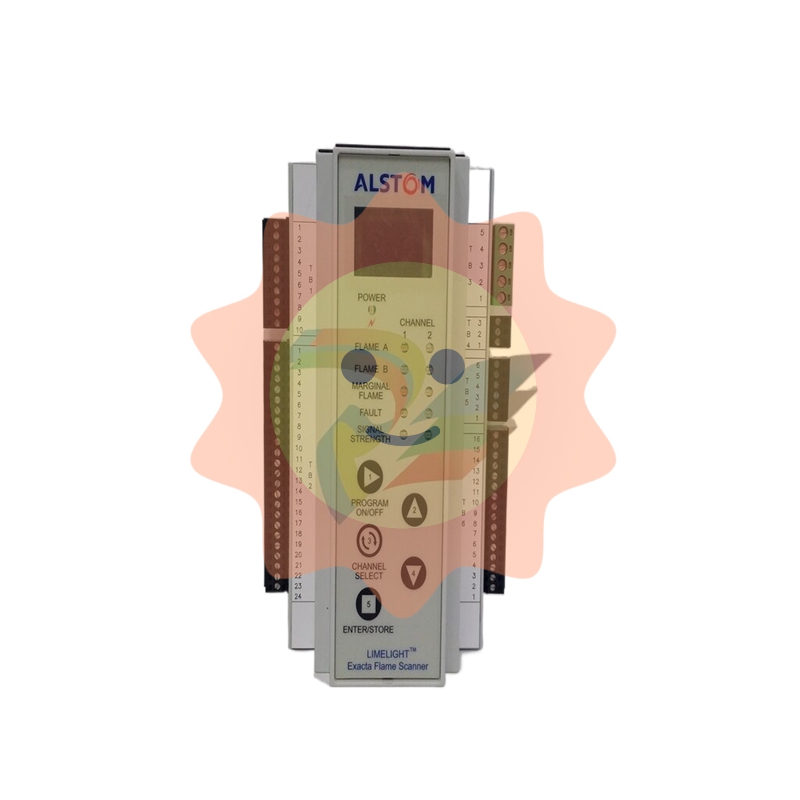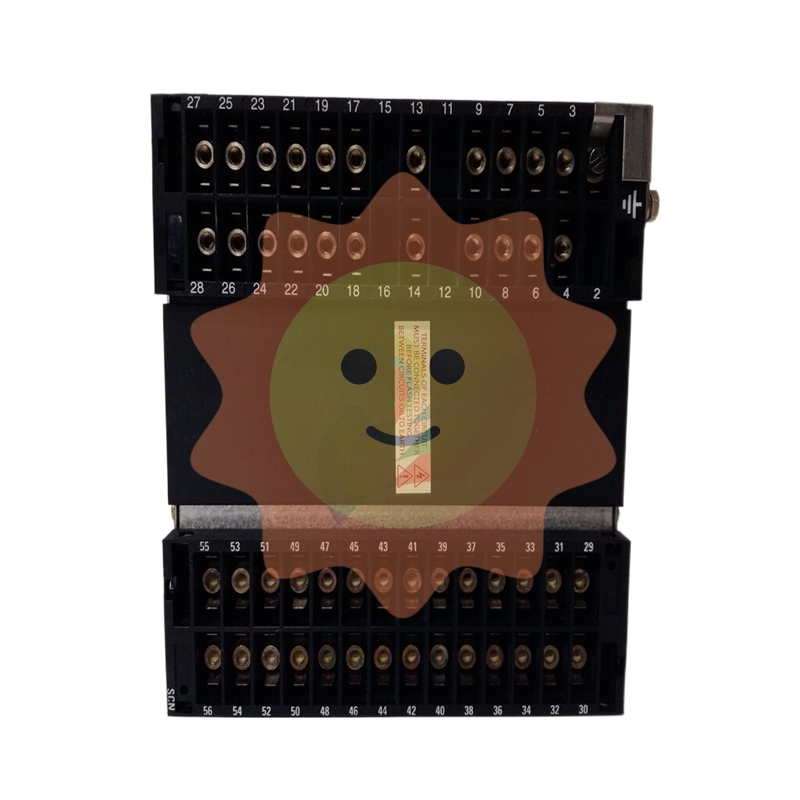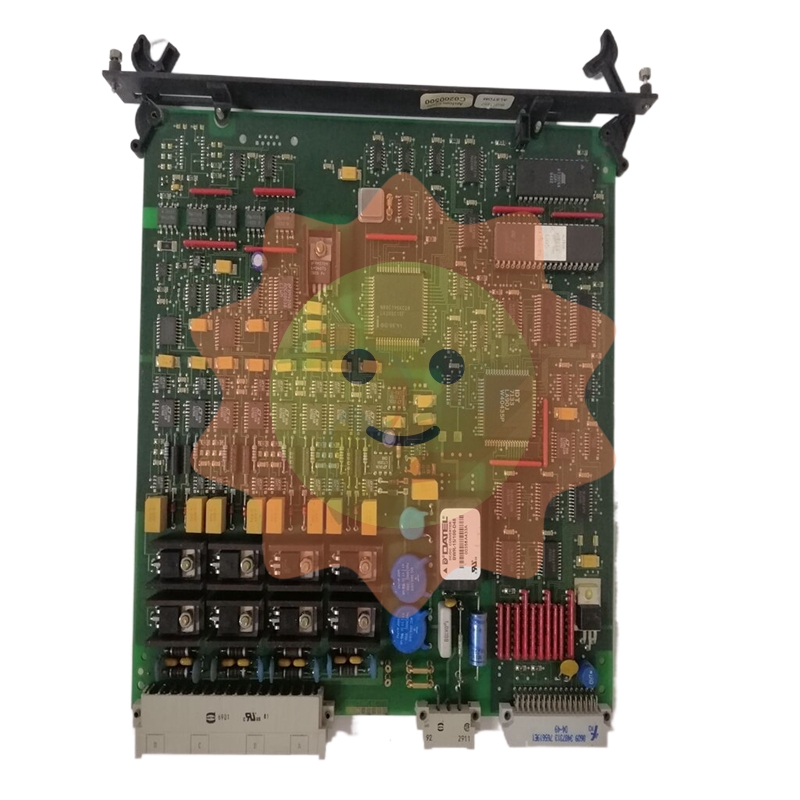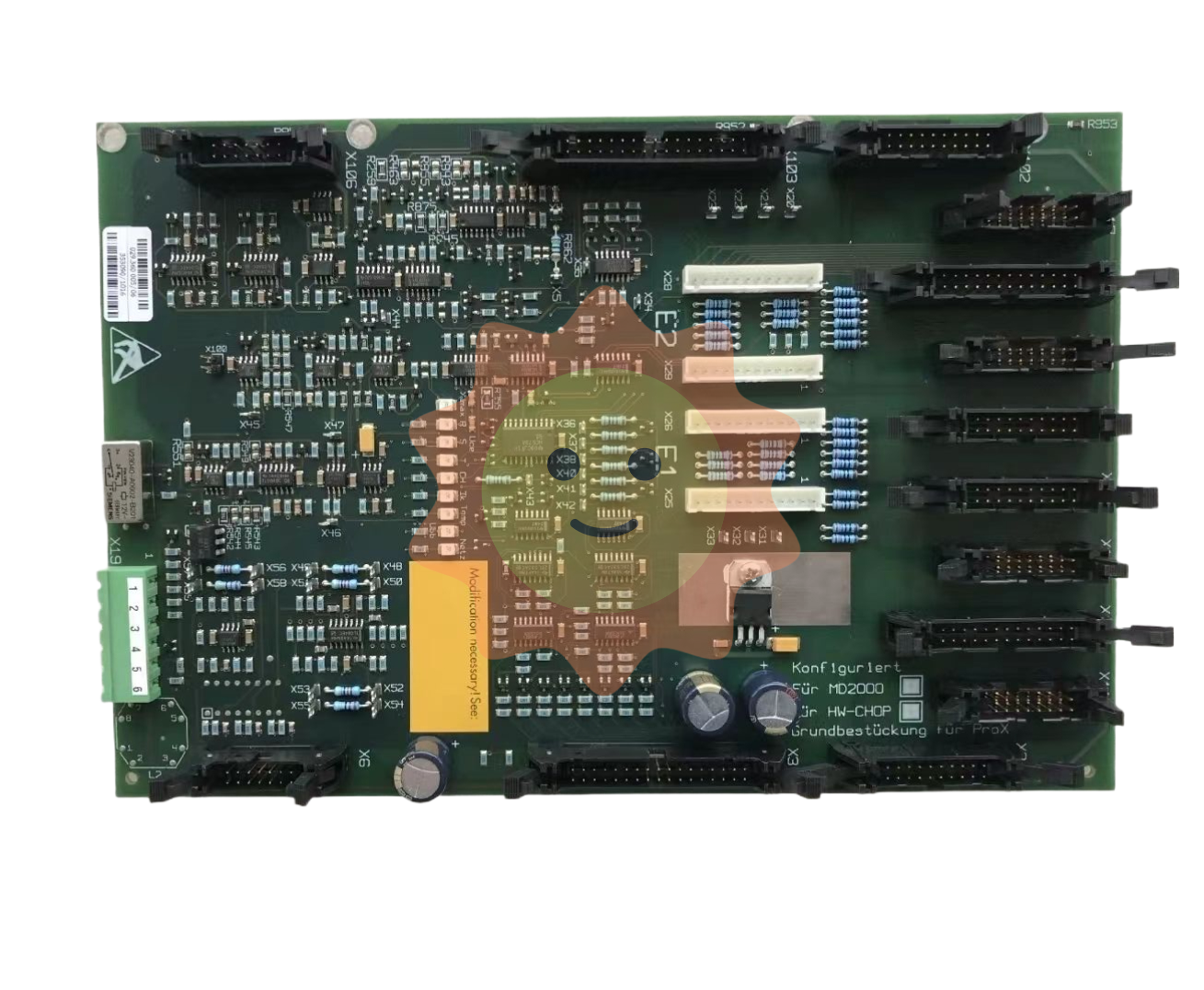Metallurgical archaeology explains resources, technology, and civilization

Great progress has been made in laboratory testing and analysis, especially in the deepening of research on metal materials, which has increased scientific data for a correct understanding of the development of resources, technology and civilization. By developing standard materials and standardizing sample collection and detection and analysis methods, metallurgical archaeology research constantly improves the precision and accuracy of analysis and detection data, constantly improves the degree of integration with the archaeological background, and effectively improves the cognition and interpretation ability of metal cultural relics. For example, lead isotope analysis is considered to be the most effective method for tracing bronzes. In recent years, the interpretation of lead isotope ratio data is not only limited to identifying differences, but also begins to pay attention to the commonality of times, thus providing a new perspective for the study of bronze stages and metal resource circulation. It proves once again that the production, circulation and management of bronzes were political and economic activities strictly controlled by the society at that time. In fact, from the Erlitou culture to the bronzes of the late Western Zhou Dynasty, the lead isotope ratio data also have rules to follow. Based on the comprehensive analysis of lead isotope ratio data from a large number of mines, smelting sites and bronzes in the Central Plains and border areas, the circulation status of metal resources in the pre-Qin period and the roles played by different regions in the metal circulation have been basically clarified. For example, Jianghan Plain played a pivotal role in the transmission of tin, lead and other metals to areas outside the middle reaches of the Yangtze River. The large-scale exploitation of mines in Shandong Peninsula is closely related to the eastward advance of the Central Plains civilization system. It can be seen that the mystery of the material source of bronzes unearthed in Zhengzhou Mall, Yin Ruins in Anyang and Sanxingdui Ruins will be expected to give an answer.

The production and use of gold products in early China also has obvious regional characteristics, and is closely related to cultural and technical exchanges. From the current analysis results, the early gold ornaments such as Huohuogou, Zhengzhou Mall, Huangbeipan Longcheng, Yin Ruins of Anyang and Sanxingdui of Guanghan have the following characteristics: most of the natural gold is gold and silver alloy, the ratio of gold and silver is unstable, fluctuates greatly, and has regional characteristics; Most of the gold articles are shaped by hammer 鐷 and the surface is polished. Some of them are made of gold wire. Some of the gold articles at Yin Ruins may be cast. In addition to single pieces of personal decorations, most of the other materials are decorated in the form of gold and gold. However, in the Central Plains and its southern regions, gold was made into foil and then decorated on the surface of the objects, which was different from the use of gold earrings, gold armband and other human body decoration in the north and northwest regions, which may be related to regional culture and craft traditions. The golden bead craft and its products, which appeared in China in the pre-Qin period, are regarded as important material evidence of Sino-foreign exchanges. In order to study the origin of its native technology, we systematically sorted out the gold bead craft products unearthed in the eastern Mediterranean coast of Eurasia, the Scythian culture on the north coast of the Black Sea, the Saga culture in Central Asia and the southern Siberian steppe, and conducted a comprehensive analysis. It was found that although the gold bead craft has the characteristics of high circulation, The shape of the gold bead process in China's pre-Qin period is closely related to Tuva Aran No. 2 tomb, and the selection of the welding technology of the gold bead process is quite flexible. The high silver content solder in Zhangjiachuan Majiyuan Cemetery, which was considered to be the characteristic of Chinese gold bead welding technology in the past, is not unique to China and cannot be used as the basis for local technology. Therefore, from the perspective of the entrusted relationship between the gold bead craft and the artisans in the settled society, the key to whether China has mastered the local gold bead craft technology may lie in the more gradual imitation of visual effects and even technical imitation, indicating that the population exchange pattern has significance for the research on the dissemination of gold bead craft.

In short, the development path of China's early metallurgical technology is to continuously absorb and digest various foreign technologies, and gradually form a distinctive metallurgical technology system. Metallurgical technology in the Central plains after the completion of its localization process, quickly had a strong impact on the surrounding areas, this "introduction - absorption - re-creation - feedback" development process perfectly reflects the inclusive, sea all rivers of the Chinese civilization characteristics. It is a feasible research perspective to reflect the control and transmission of resources by people in different regions through the study of metallurgical technology and metal material circulation, judge the social functions undertaken by a specific region, and then infer the location of a cultural core region. However, technological and resource factors are obviously affected by the political pattern. Therefore, scientific and technological detection work must be closely combined with field archaeological excavations and historical background information, only in this way, can a theoretical model of technology development, regional interaction and material flow be constructed in a larger space-time range. In the future, metallurgical archaeology should continue to strengthen basic theoretical research and the construction of research methods in various aspects such as documentation, field investigation, detection and analysis, improve the ability to interpret the relationship between metal resources, metallurgical technology and civilization development, and better serve the construction of archaeology with Chinese characteristics, Chinese style and Chinese style.
- EMERSON
- Honeywell
- CTI
- Rolls-Royce
- General Electric
- Woodward
- Yaskawa
- xYCOM
- Motorola
- Siemens
- Rockwell
- ABB
- B&R
- HIMA
- Construction site
- electricity
- Automobile market
- PLC
- DCS
- Motor drivers
- VSD
- Implications
- cement
- CO2
- CEM
- methane
- Artificial intelligence
- Titanic
- Solar energy
- Hydrogen fuel cell
- Hydrogen and fuel cells
- Hydrogen and oxygen fuel cells
- tyre
- Chemical fiber
- dynamo
- corpuscle
- Pulp and paper
- printing
- fossil
- FANUC
- Food and beverage
- Life science
- Sewage treatment
- Personal care
- electricity
- boats
- infrastructure
- Automobile industry
- metallurgy
- Nuclear power generation
- Geothermal power generation
- Water and wastewater
- Infrastructure construction
- Mine hazard
- steel
- papermaking
- Natural gas industry
- Infrastructure construction
- Power and energy
- Rubber and plastic
- Renewable energy
- pharmacy
- mining
- Plastic industry
- Schneider
- Kongsberg
- NI
- Wind energy
- International petroleum
- International new energy network
- gas
- WATLOW
- ProSoft
- SEW
- wind
- ADVANCED
- Reliance
- YOKOGAWA
- TRICONEX
- FOXBORO
- METSO
- MAN
- Advantest
- ADVANCED
- ALSTOM
- Control Wave
- AB
- AMAT
- STUDER
- KONGSBERG
- MOTOROLA
- DANAHER MOTION
- Bentley
- Galil
- EATON
- MOLEX
- Triconex
- DEIF
- B&W


email:1583694102@qq.com
wang@kongjiangauto.com

